-
Posts
5,761 -
Joined
-
Last visited
Content Type
Profiles
Forums
Articles
Gallery
Downloads
Events
Everything posted by jlpservicesinc
-
Keep the bed of the forge covered with a layer of coal.. This layering should be piled up about 10" back from the center of the fire with it sloping down into the firepot.. Next year I will be fabricating 2 hard coal forges for the upcoming school this will show a neat design.. The popping is kind of standard but having the coal being fed in slowly from the outer ring will help to cut back on it..
-
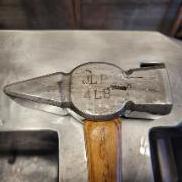
Trivets Historical sources and Modern Examples
jlpservicesinc replied to ThomasPowers's topic in Historical Ironwork
Thanks, In the next few months I will be filming and producing several more video's on trivet making.. One of the "How to" videos will be a heart trivet.. -

Trivets Historical sources and Modern Examples
jlpservicesinc replied to ThomasPowers's topic in Historical Ironwork
I don't have anything to add reference material wise, but here are a few I have made in the past few months.. And here are 2 no weld examples.. The Round one will be a "How to" video once it's done being edited.. It was made and filmed today.. It's a no weld forged ring.. Nestled double heart, Fire/camp trivet, simple hear trivet, and then a food warmer.. Not really a trivet other than the 3 legs.. -

Hardening a CR-V based hotcut hardy tool
jlpservicesinc replied to CheschireCat's topic in Heat Treating, general discussion
Problem is when a joke is told or an answer is sarcastic since it's written and read by the whole masses its very hard to tell whether its a joke or not without the facial expressions and body language. Being a more serious type and not liking fun at the expense of others I am happy when it's a good clean joke about just plain old funny stuff.. LIke if you are an American before you enter the bathroom and you are American when you leave.. What are you while you are in there? (European) Youro peein.. -
Way back in the day this was a " Goal oriented skill set task and desire".. Eventually I learned that while it is possible to get a one heat weld and finish a lot of it depended on the type of material, scarf, air temperature, anvil temperature, Hammer temperature and material cross section.. There is a ratio where smaller pieces will finish up just fine in the one heat, then there is a dead zone (at least for me) where it takes 2 heats or even 3 and then you get back up to a size where 1 heat happens and is easy.. 1"+ sized stock.. Anyhow I wanted to mention if you work in the summer in arizonia vs winter outside in Massachuesetts will determine a lot on just what you can get done in one heat.. All the video How to's were filmed last winter on some pretty cold days.. If you have watched the videos not once was the slack tub not frozen solid.. Temps were in the 15F-25F range no heat and no electricity.. I was pre heating the anvil..
-
Nothing wrong with what you did. It's a functional tool.. Unles you drill way undersized that pesky rounded broached look won't go away.. Only way is to thru punch it like in the how to video..
-

Food Safe Bronze?
jlpservicesinc replied to GandalftheGold's topic in Smelting, Melting, Foundry, and Casting
Thanks -

Food Safe Bronze?
jlpservicesinc replied to GandalftheGold's topic in Smelting, Melting, Foundry, and Casting
Sorry about that.. Auto correct using the smarter phone.. What book did you find the trivets in? -

Hardening a CR-V based hotcut hardy tool
jlpservicesinc replied to CheschireCat's topic in Heat Treating, general discussion
The steel is a chrome vanadium steel.. It is a red short steel.. In other words the steels heating and work at temperature has a narrower range.. These steels make great chisels with proper heat treat.. One of the largest problems with alloy steels and newbie smiths is the lack of understanding what temperature they need to be worked at, as well as how to figure out what needs to happen nearly precisely with Alloy steels.. This particular steel might not need a hardening cycle as pointed out and if might actually be an air hardening steel.. Without getting my hands on it directly and running testing it's hard to say.. The mushing over of the edge is because it's not hard.. I harden all my tooling for the anvil as well as punches and such.. The few years I was away the promotion of not hardening high carbon or alloy steels for hot work has come on board.. All my hardies are fully hardened as is all the hot chisels and such.. So are Swages.. Anyhow, this winter I will be producing a video "How to" on deciphering mystery metal.. For the time being do lots of reading and video watching.. -
congrats.. You decided to drill than punch the header?...
-

Food Safe Bronze?
jlpservicesinc replied to GandalftheGold's topic in Smelting, Melting, Foundry, and Casting
Nice.. post up a pic or 2-5 when you get it done.. The parameters were no forge welding.. and for ease of making 2" pipe cut the width of the forged slots with the centers forged in would work just as well.. One could all So bend up the feet as you pointed out and this would lock the swivel collar in place also.. What book did you find the drivers in? I'm always looking for more reference materials.. Oh one other thing about the trivet.. if you need more height you can slip 3/4" pipe on the legs the required height.. -

Food Safe Bronze?
jlpservicesinc replied to GandalftheGold's topic in Smelting, Melting, Foundry, and Casting
Thanks.. what is your definition of collapsible? If you mean nesting.. no it won't nest but it does fold up of comes apart easily to stack.. You can also see it will hold something as big as 16" down to just a few inches across. Fun right.. -
Years back when I was doing my investigation work I was lucky enough to find a very old burnt out colonial era home that was still partially standing.. It was an abandoned property and burnt back in the 80's more than likely it was kids that were partying in the house... anyhow, I spent countless hours there looking at all the nails or I should say all the variety of nails... The thing that really stuck with me is the consistency between them all.. When the house burnt it was like it smoldered and only removed the first 2" or so off all the wood nearly everything for 2 walls and then moved away from there was more damage with the farthest part away had fallen into the cellar.. Yup, it had a root cellar.. Every single nail that was exposed was nearly identical to the next.. they were all a Roset T head and they were all nearly perfect both in shape, length and shank size.. I must have pulled 50 nails and I was always expecting the next one to be different as I had only seen modern smiths At OSV make nails and each nail was different, but nope all the same.. I then moved into siding nails, trim nails etc, etc and every one of them were the same for the style of nail.. I might still have a jar of them hanging around somewhere.. I pulled 50 of them to have as a reference but even after sitting exposed like that with only 2 walls and nearly completely burnt away that last inch of nail had holding powers like I had never seen.. After pulling off 25 heads I gave up figuring I'd get back there at some point with more than a claw hammer.. 2 months later they brought in an excavator and completely filling in the whole thing.. I later found out the property had been seized as an abandoned property when the owner passed away and had no Aires.. and it was bought from the town with 100 acres for little money... They built a house just to the side of the old foundation stones.. It one of those things where I wish I had spent the extra time pulling out everything I could of.. I have had that happen on 5 different occasions.. one was an old creosote plant, this house, and old factory building, an old water powered dam site and another burnt out house.. Every single one of them fell victim to someone buying the property from the town and building new..
-

Food Safe Bronze?
jlpservicesinc replied to GandalftheGold's topic in Smelting, Melting, Foundry, and Casting
Ok, since this was an interesting idea. I spent a little time in the shop today and forged out a camp fire trivet.. It can fold up or it can be taken completely apart.. it's made from 1/2" sq steel, the side brackets are 1/4X 1".. I filmed the making of it so will set down and edit the footage sometime in the next few days.. Tomorrow I have demonstrations to do in town from 10am to 2pm so I doubt I will get to it tomorrow.. This could be made extra simple.. The bars could just be round stock or even rebar..((but I remember you saying you had some 1/2" square) I only have brand new rebar and it was buried in the steel pile from the move)) the swivel brackets could be made from a section of 2" black iron pipe.. then simply collapsed to form the same as what is shown.. To keep it from sliding down a could of wings could be forged just below it verse where I actually forged a round section into the square.. The secret on something like this is to keep the hinge areas tight.. It will hole 300lbs on it easily.. I would consider this project much easier than the frying pan.. -

Food Safe Bronze?
jlpservicesinc replied to GandalftheGold's topic in Smelting, Melting, Foundry, and Casting
No, I don't have any resources in this area of the 1570's Italian.. LOL. I had a book on armor once. Good or bad, I stopped reading anything that was Blacksmithing related when I retired.. I was so burnt out, I wasn't sure I was ever going to pick up a hammer or fire up a forge again on a regular basis.I had no interest.. It was all gone. I dropped it all and walked away.. Previous to that I had read mostly about colonial American fare (lighting, hardware, wrought iron work, flint lock, knife making, etc, etc.) and spent a huge amount of time driving from place to place looking at how vintage things were made by looking at them and then reverse engineering them as this is what I was interested in the most and was a voracious reader.. All of my Blacksmithing and metallurgical books are still packed away and some I let people borrow and never got them back.. I do thumb through the NEB journal and the ABANA mags now.. But that is about it.. Not to sound like an elitist but eventually I became less interested in theory or what they did 500 or 1000 years ago as my skill set started to mature and I was a full time smith working daily at producing forged items.. You also have to remember I was self taught.. The reason why this is important is because I tried to Make one thing 50 different ways as I had no one to tell me it would or wouldn't work.. I eventually found what worked consistently and the fastest to accomplish the forging task at hand.. I had a 200lbs hammer Which was setup for only a brief time before walking away so nearly 99% of the items produced over the 16 years were hand forged with only a sledge and a hand hammer.. Historically with reference material you are the MAN!!! Besides that you must have a photo graphic memory to be able to pull all the info out like that.. Pretty amazing.. I for the most part like to come onto IFI.. Lots of friendly folks and the informational resources are great.. One of the things I do find lacking is that there are a ton of Newbies willing to share their work with no regards other than needing help.. Kudo's to you guys, it's so important.. But at the same time the guys who have great knowledge or skill sets share very little in terms of pictures.. Pictures speak a thousand words and if all the experienced people never share photo's of their work and all the new guys and gals only see other examples of mediocre forgings how are they to know the difference between a good forging or a bad one? Its like the pan video.. It's not a great video but it conveys a technique.. Not the only one but.. Someone I had this conversation with said " We don't want to discourage newer people with fancy looking goods".... -

Food Safe Bronze?
jlpservicesinc replied to GandalftheGold's topic in Smelting, Melting, Foundry, and Casting
Thomas, again remember we are talking with people who might not have the ability to forge weld.. The people who are here which are skilled and proficient aren't the ones these comments or instructions are for.. It's for the people who need help.. By the way if you noticed the trivet is a nestled affair.. And rather short in the legs as well.. This particular one is not intended for use in the fire.. This was made for a friend of mine and her husbands anniversary.. Sadly She passed about a year later to cancer.. This gift was/is a representation of how I felt about her.. Also this type of foot or finial is period correct and yes they used to fall off.. they had moons, rounds, etc, etc, not all of them were straight rods. I'm not clear on what you mean by "Adjust" the legs with my screw press? If you mean leg length to make it even, then perfect.. I just forge them to the same length and then it doesn't matter which finial or twist or what ever is used.. They just get riveted on (heads proud or sunk and smooth) There are just so many different ways or options when it comes to making or forging these items.. -------------------------------------------------------------------------------------------------------------------------------------- Gandalthegold As for setting the rivets as a shrink fit.. If the object is going to be exposed to heat the shrink fit will only last a little while.. What you can do though,, Is punch a partial hole, slightly less deep than you want the finished hole to be.. (not all the way through).. Then forge out the feet and completely cool off.. With the parent material hot, Orange works well.. Insert the leg into the hole and drive it down only a little bit (just like in punching the hole).. Now give it a second or 2 to absorb the heat and then give it a few whacks.. This will upset the end of the leg material inside the punched hole (just like using a punch for to long without cooling it) and this will lock the leg in place as the metal upsets inside the hole.. It will take a little experimenting to get the results consistent but it will work and you will never get the parts to come apart again.. The feet will eventually loosen but they will not come out.. This is one other point.. A Trivet has 3 feet....... if you make 4 feet for a given object it will never sit flat and will always rock.. Trivets are always with 3 feet.. A fire basket or cooking grill or fire cook screen will have 4 ft but these are designed to offer a flat cook surface as the pieces are designed to work together and support each other so offer a flat surface to put your pans or pots on without it being all wobbly. -

Food Safe Bronze?
jlpservicesinc replied to GandalftheGold's topic in Smelting, Melting, Foundry, and Casting
Here is just some food for thought.. FYI, it certainly will work..and I'm not trying to talk you out of it, but that can be a lot of work.. A traditional trivet uses a minimal amount of material to get the job done.. You would be better off with using straight bars with a 90D bend at each end with collars on them.. If you forge a groove around each bar , just below the bend you can fit the collar into this and then it will make the trivet able to fold up for storage as well as add some uniqueness to the trivet.. if you didn't feel comfortable making collars you could forge down the ends and make it so one end of the bar has a short section which fits into a slot or collar and then you can take it completely apart.. Maybe I'll make one of these as there is no forge welding and it could be a fun project.. -

Food Safe Bronze?
jlpservicesinc replied to GandalftheGold's topic in Smelting, Melting, Foundry, and Casting
No, they will be riveted feet.. Trivets can be very elaborate both riveted and welded designs but have found that the riveted feet type to be more popular in the area.. (this type survived better) The simple welded feet triangle ones were or I should say popular I guess because of the ease to make.. (but you see a lot less) maybe I'll make 3 examples as they all take forge welding which for a lot can be a problem.. Collared trivets are much more popular today and is usually what is shown in examples in magazines and such.. I was thinking of a round trivet to start with as it only needs the one forge weld and even if the person can't weld they can still successfully put it together even if the weld doesn't take, simply because they can still punch the scarf and then rivet it together.. -
Yes, it's not needed.. One certainly can as a blacksmith design and forge what every they want, but it would just mean more time making it with little benefit gained and usually a smith is trying to be time efficient.. If the nail header is designed properly the sliding around of the header is not a problem but you have to remember also that todays smiths are mainly hobbyist an produce a limited amount of nails.. For most hobbyist once they have made a few and the novelty wears off, the thing will sit in a box till they demonstrate or want to impress their friends. Last hardware order took 50 nails with a size 8 shank(1/8")X 1.5" shaft length onside pyramid head.. .
-

Naturally Aspirated Ribbon Burner. Photo heavy.
jlpservicesinc replied to Frosty's topic in Ribbon Burners
Certainly looks interesting.. -

Food Safe Bronze?
jlpservicesinc replied to GandalftheGold's topic in Smelting, Melting, Foundry, and Casting
I will be doing a "How to" on trivet making in the next few weeks.. Maybe tomorrow I'll film it depending on the day.. I'll make a round one first, then a heart shaped one..

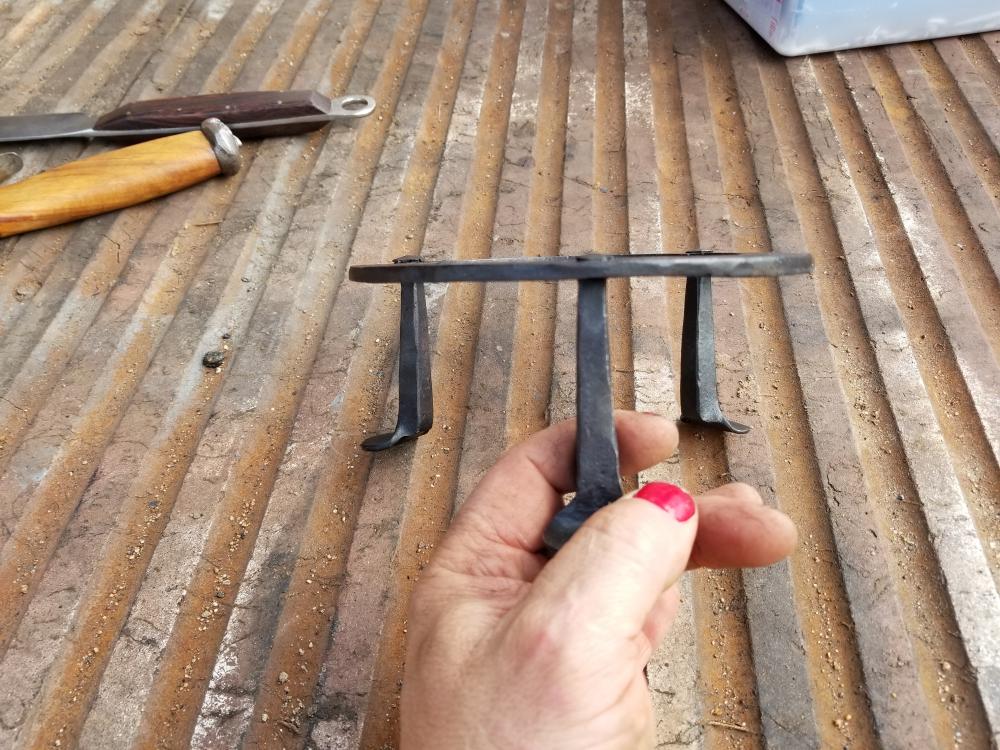
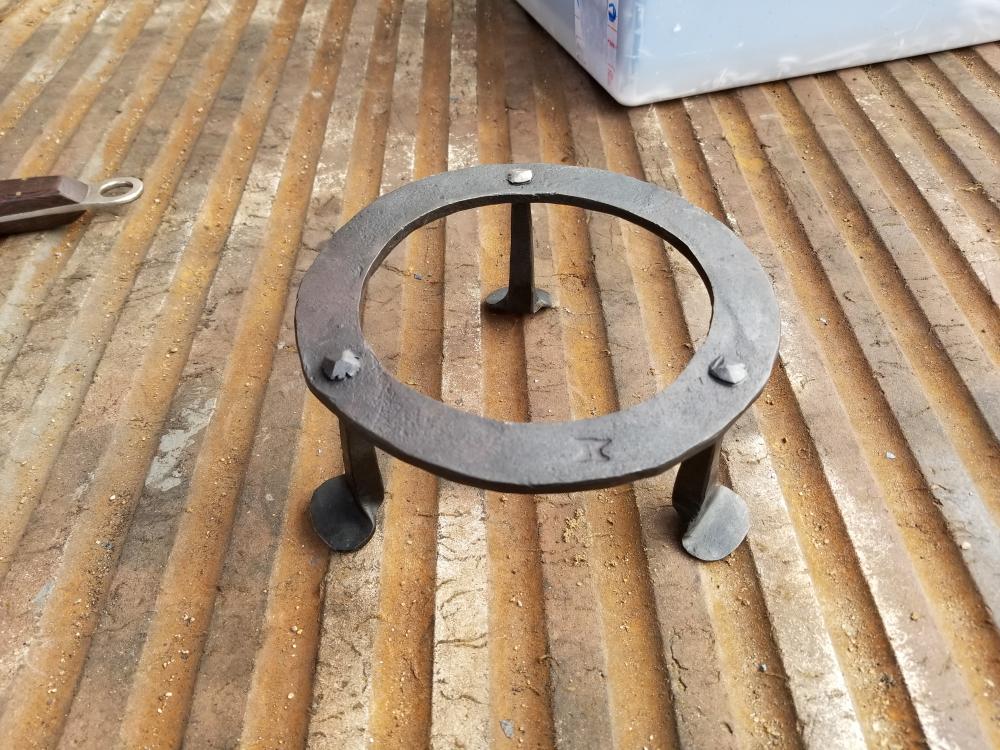
(2).thumb.jpg.5517badc7317b5a98ebb2fd6583f7943.jpg)
(2).thumb.jpg.7fb49bfa0e0fcecc5381971e78e52227.jpg)
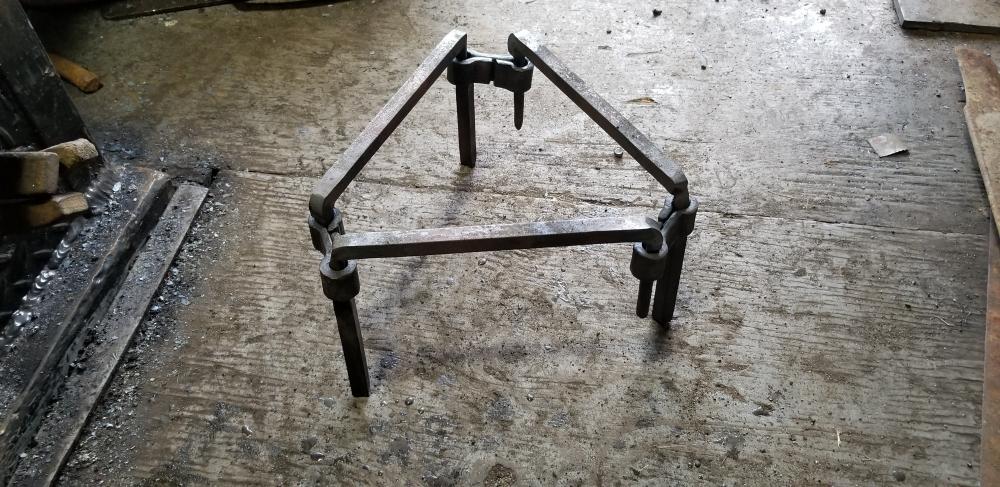
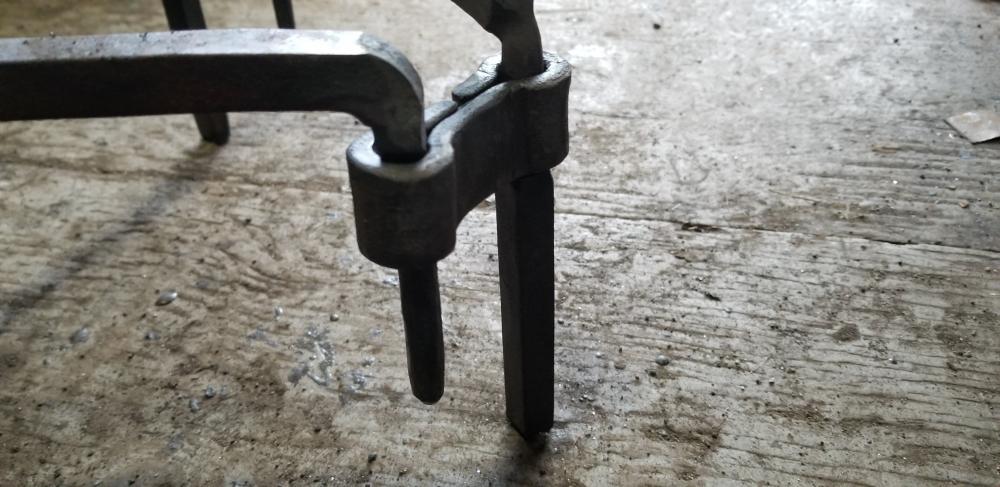
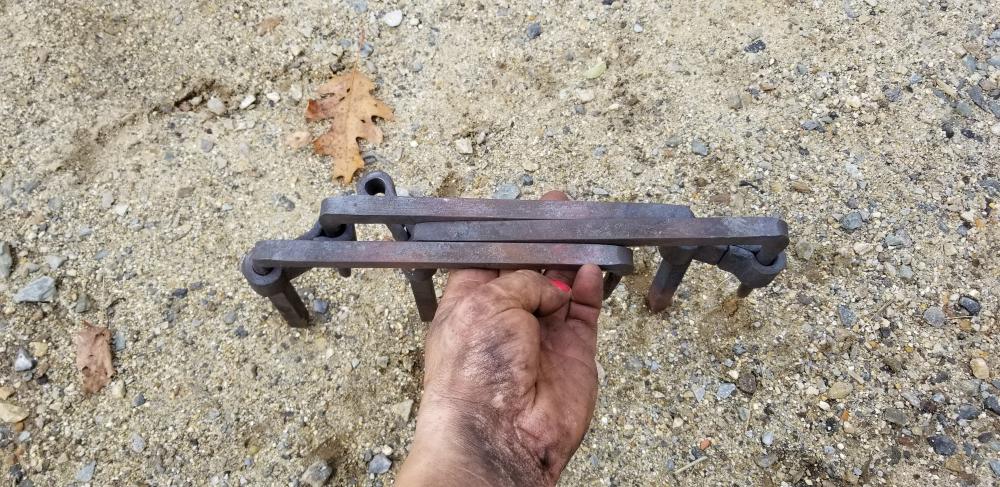
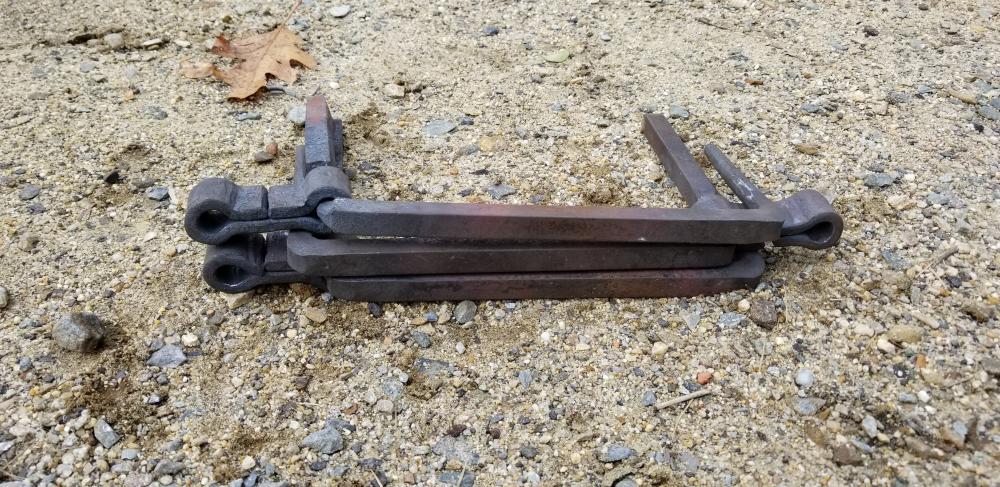
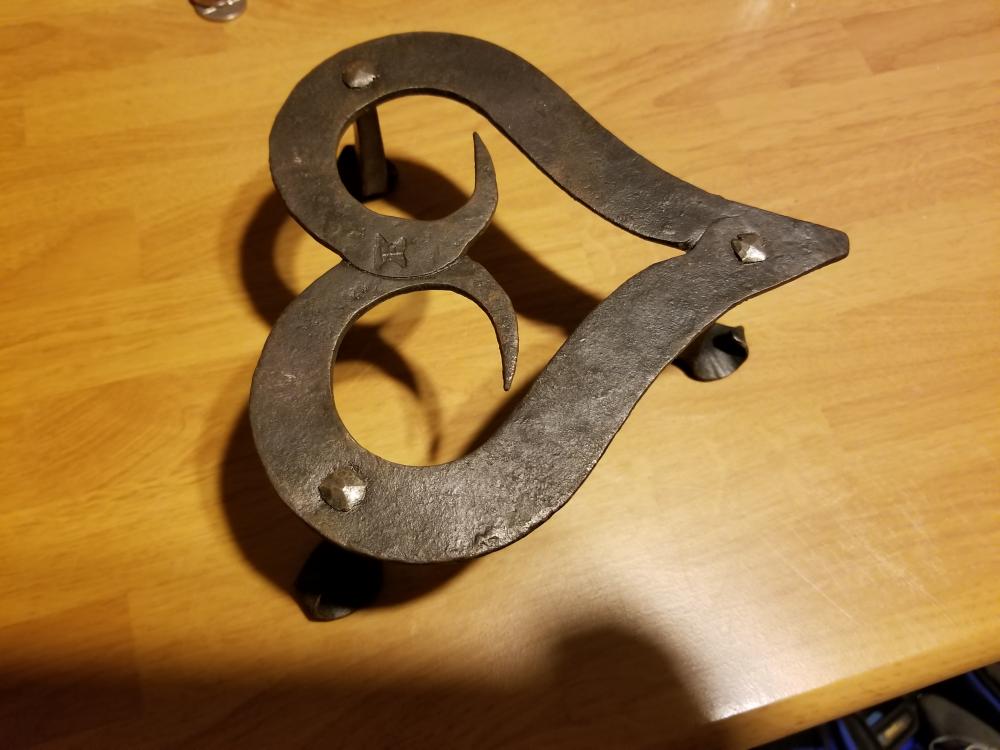
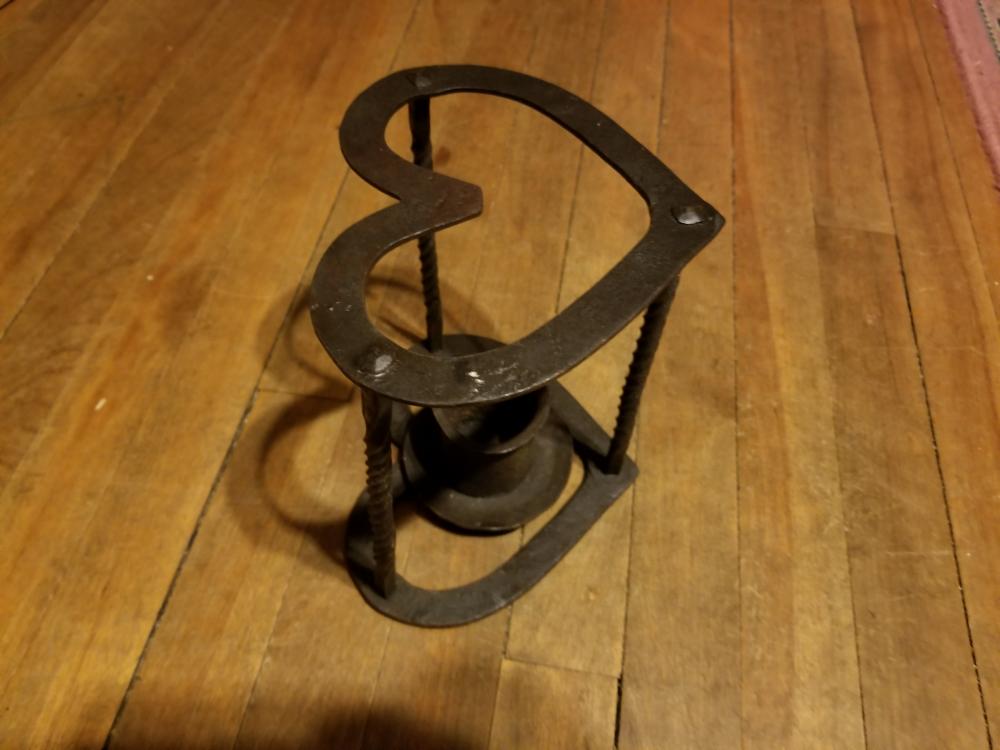
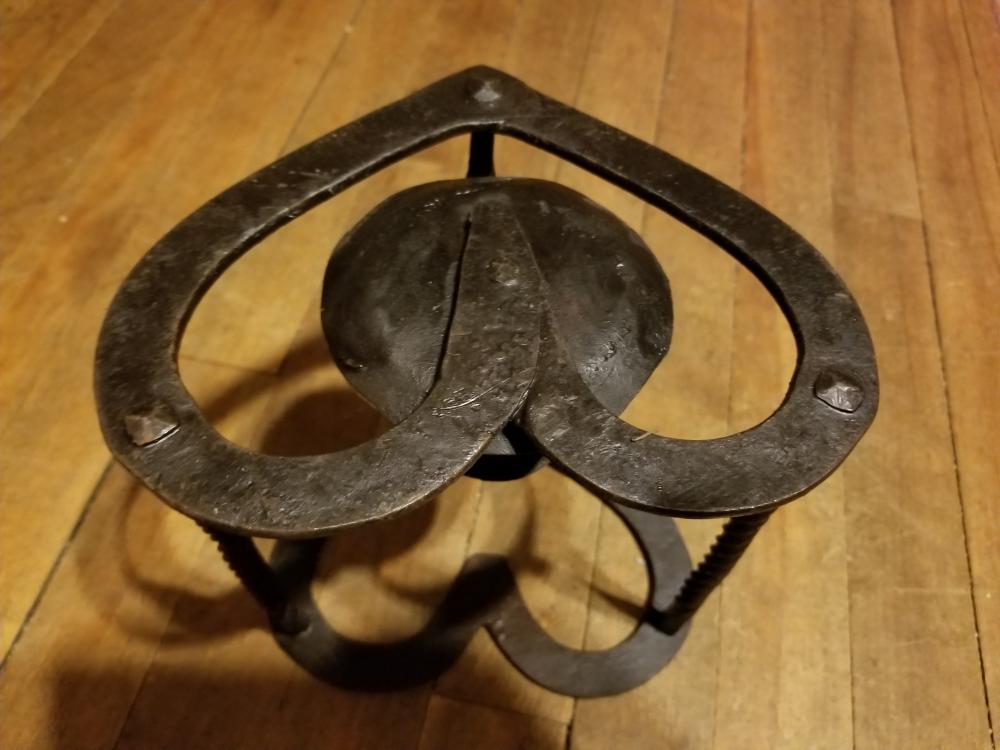
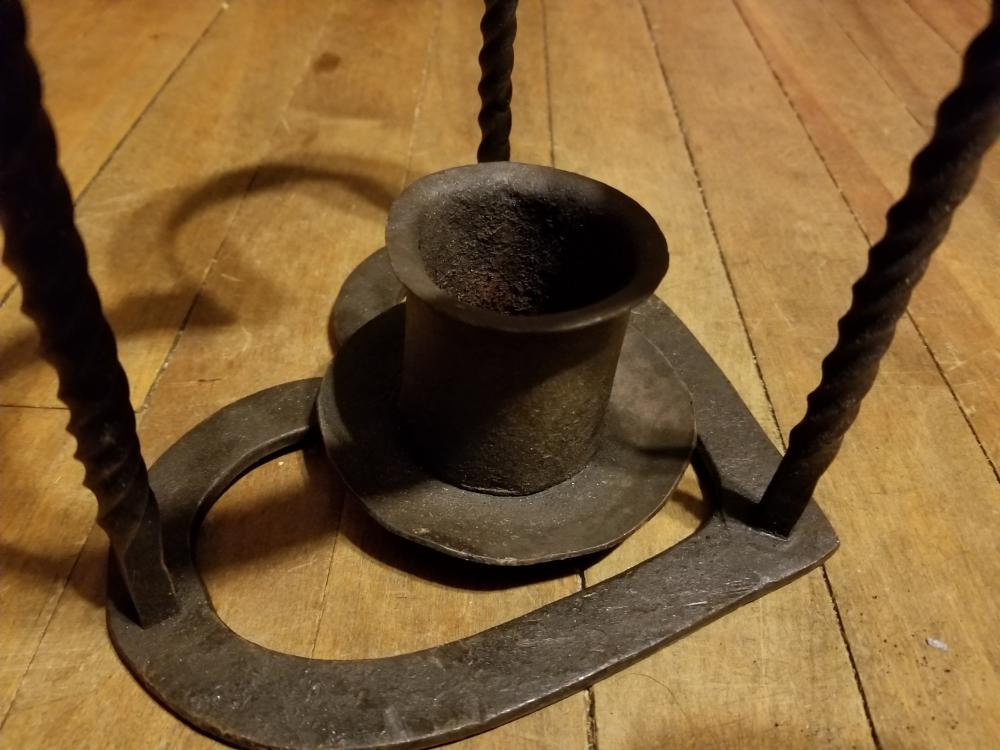
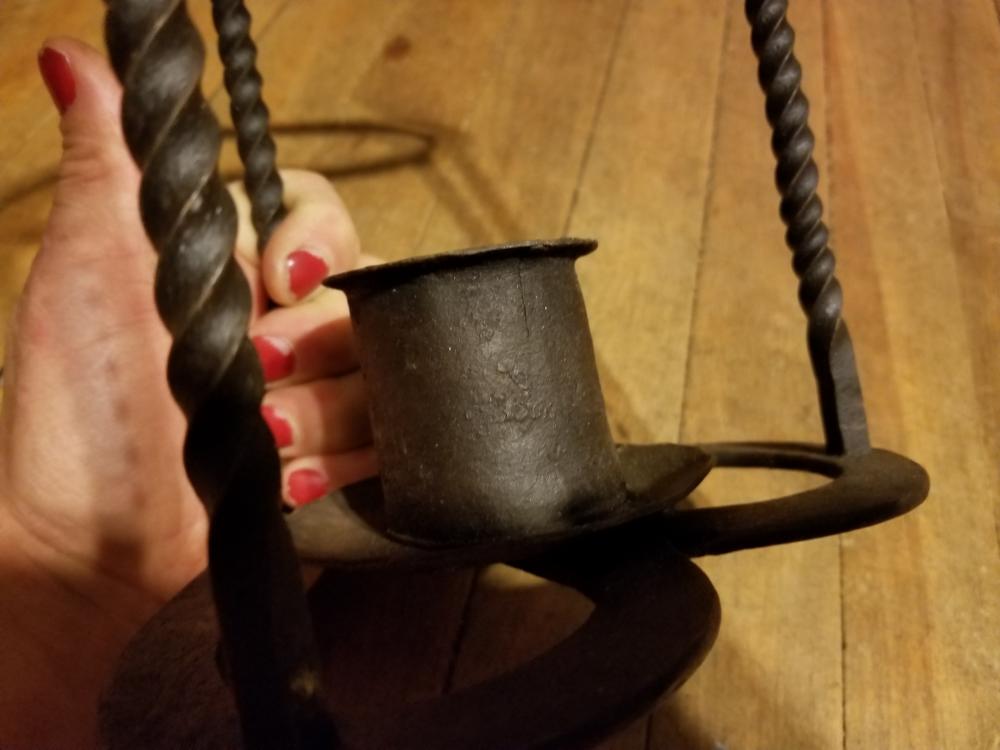
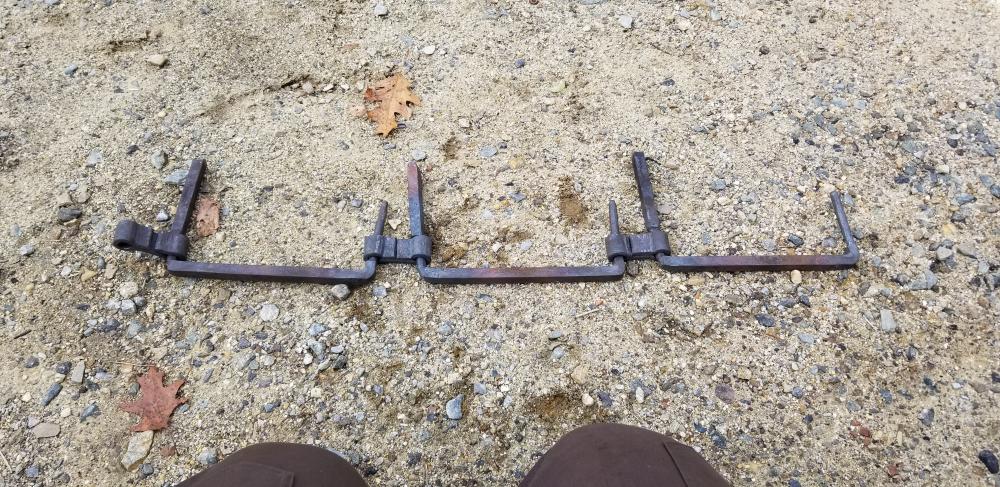
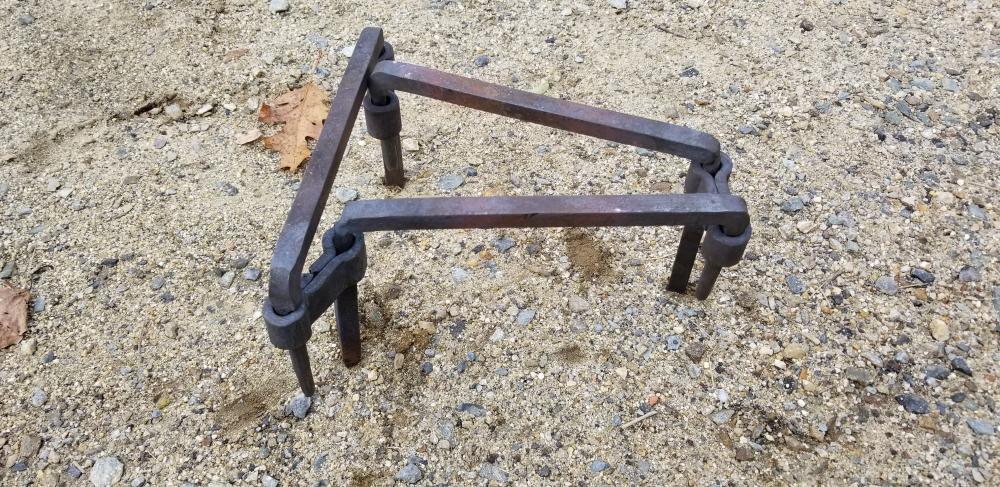
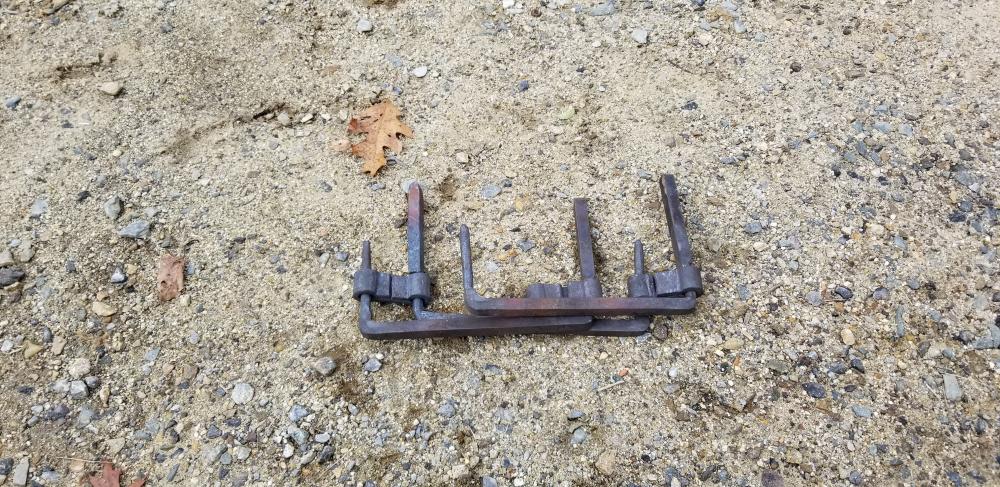
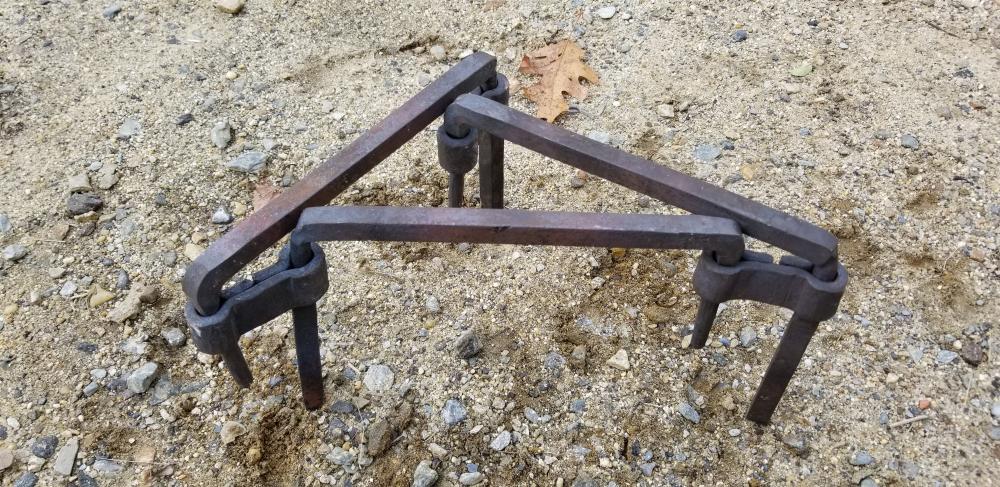
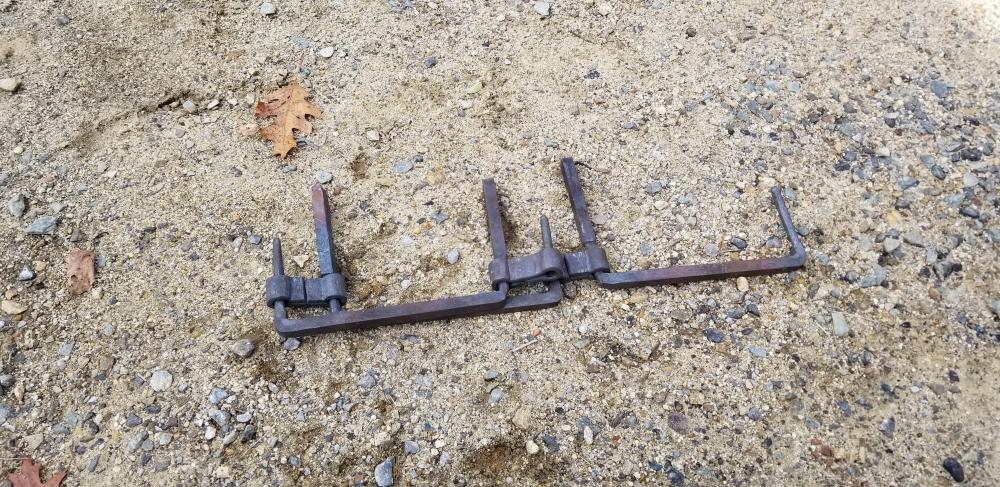
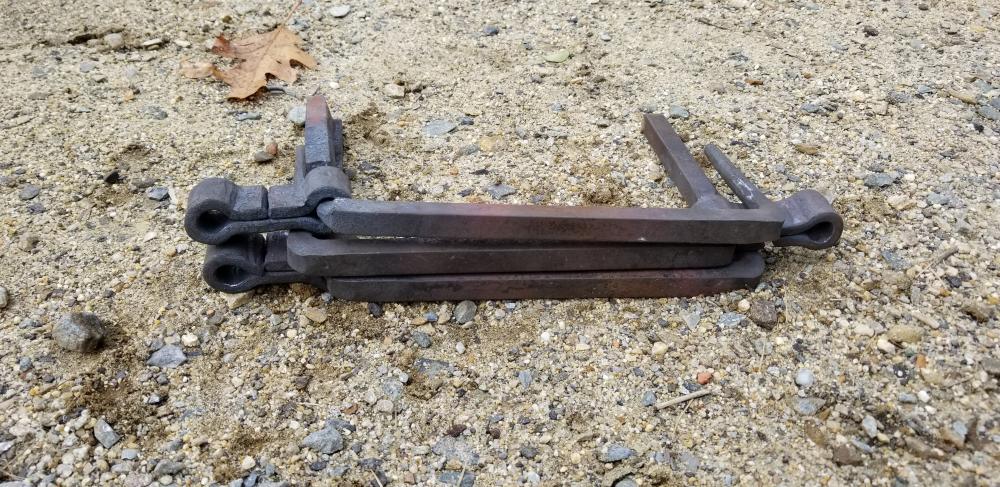
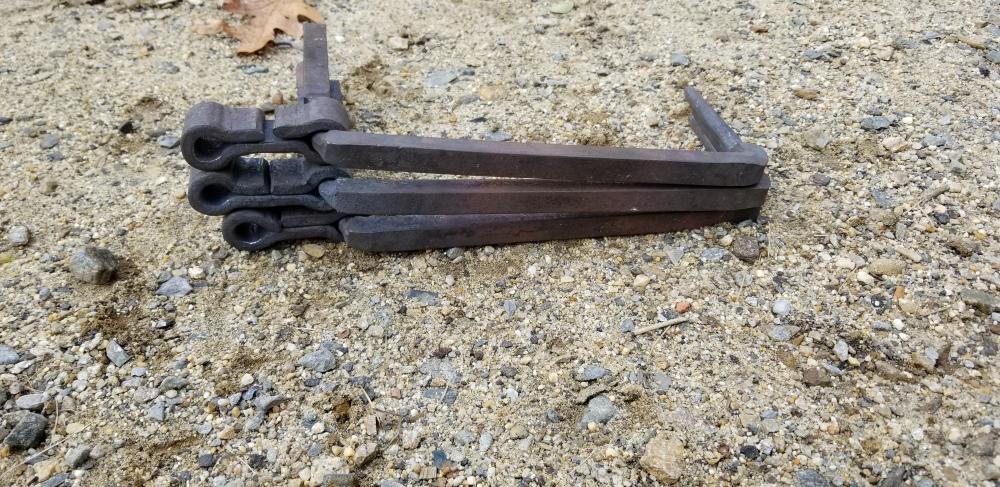
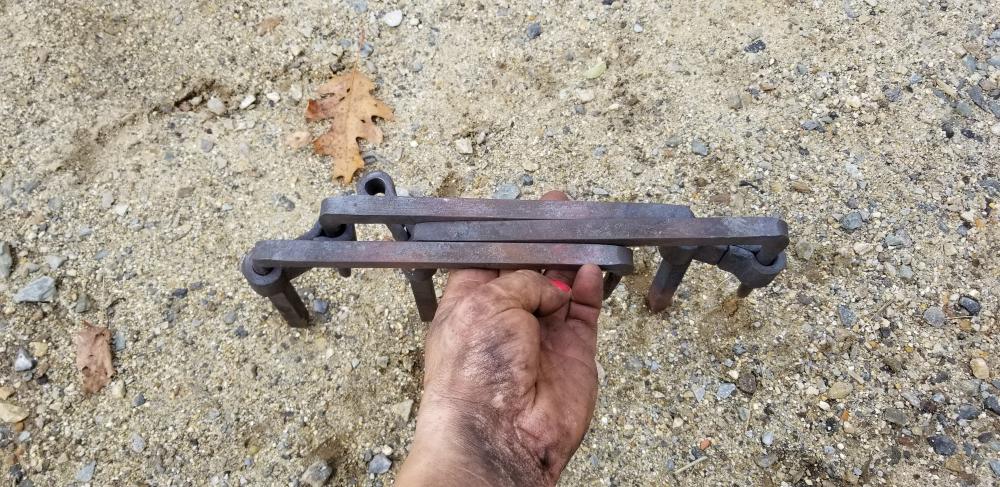
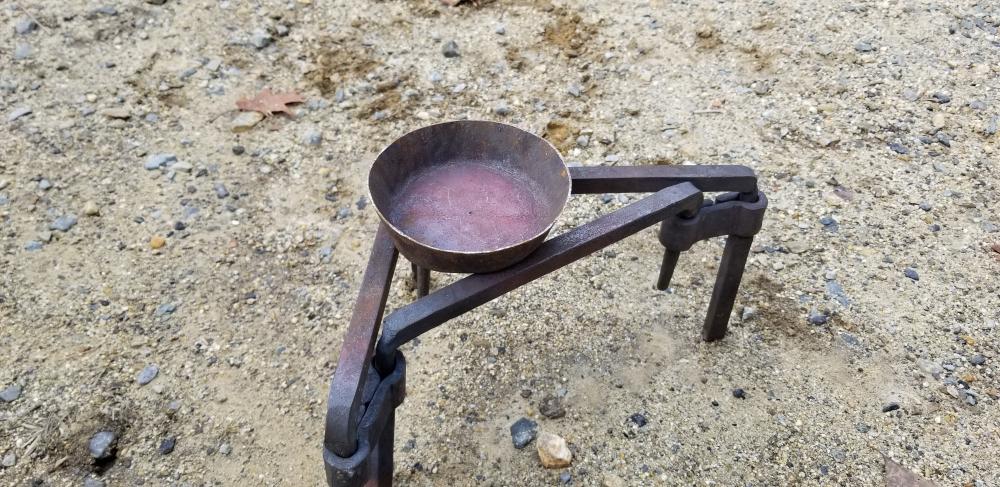
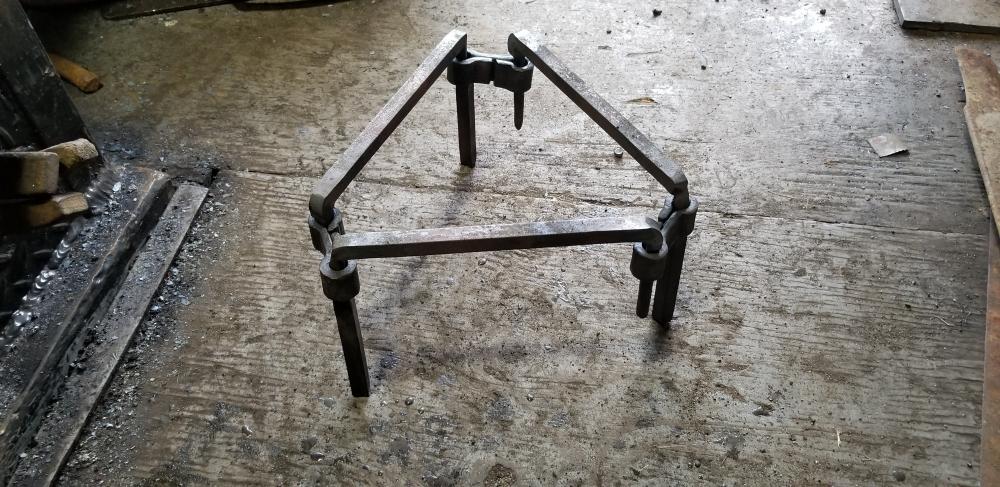
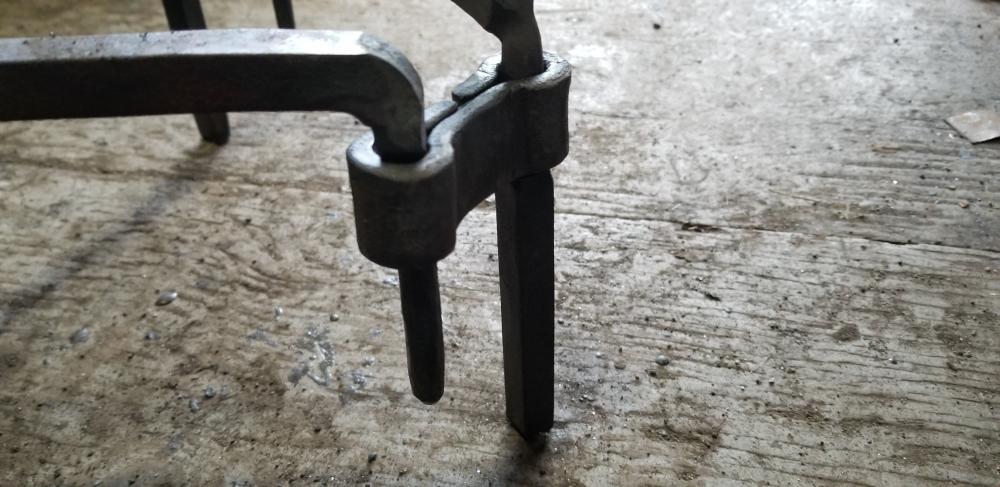
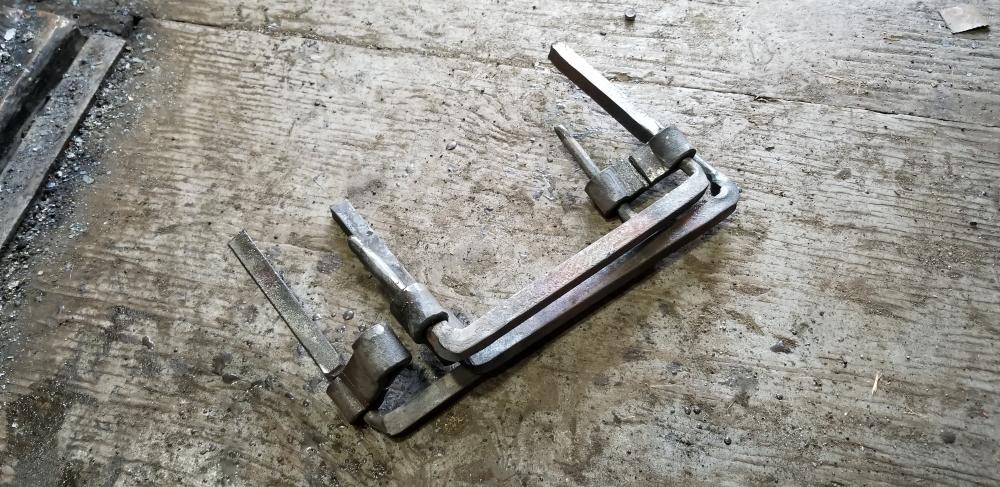
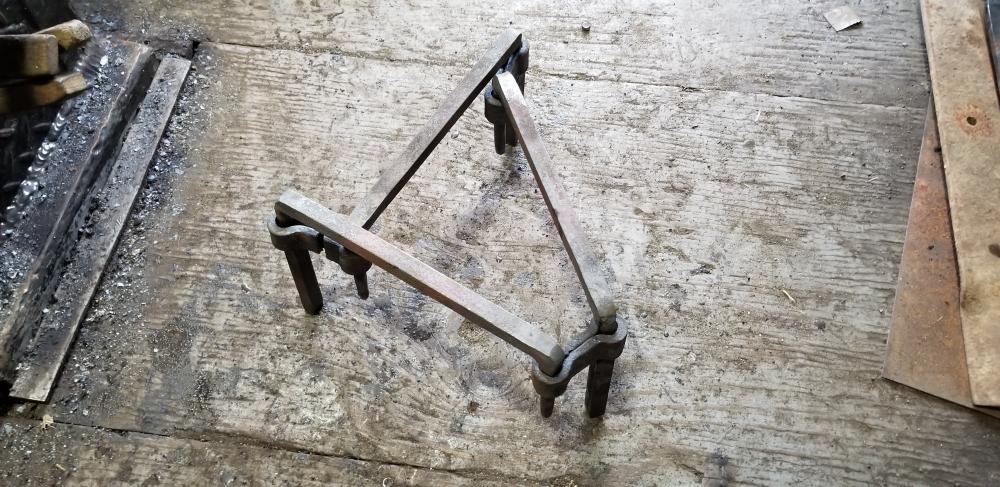
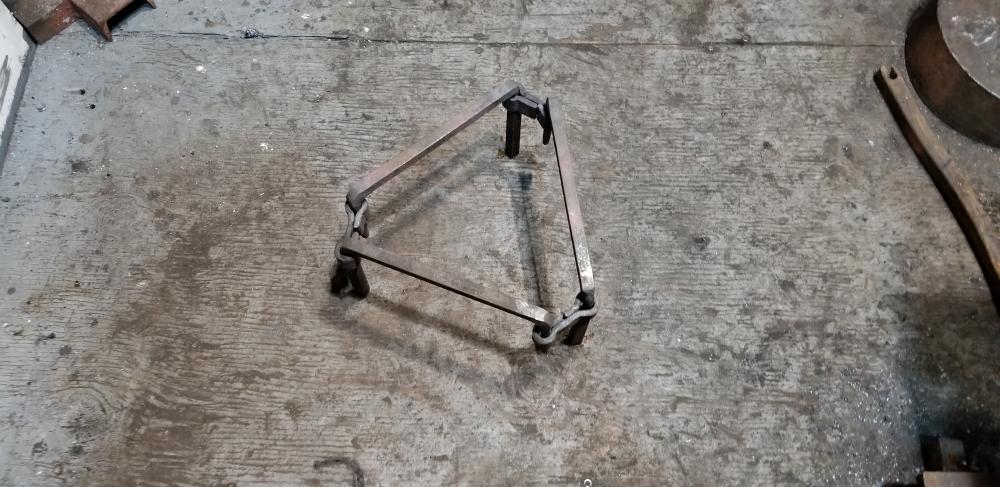
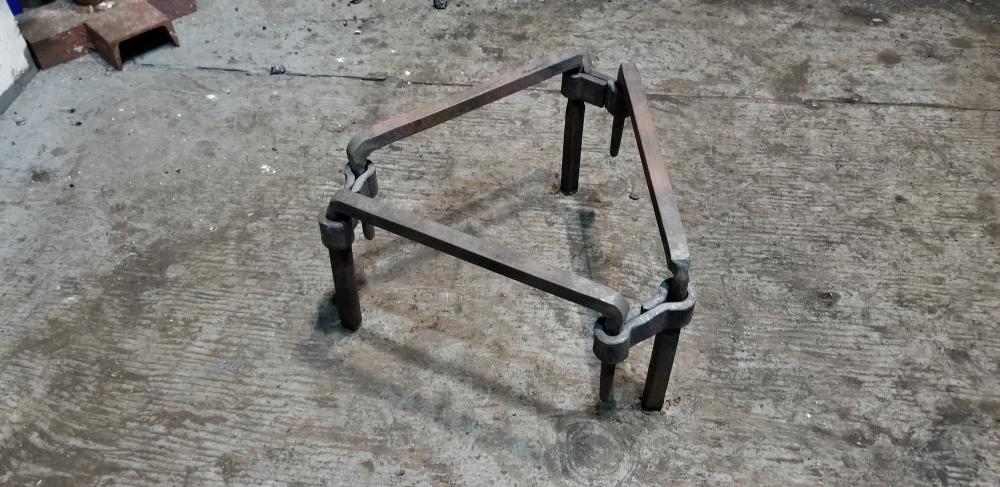
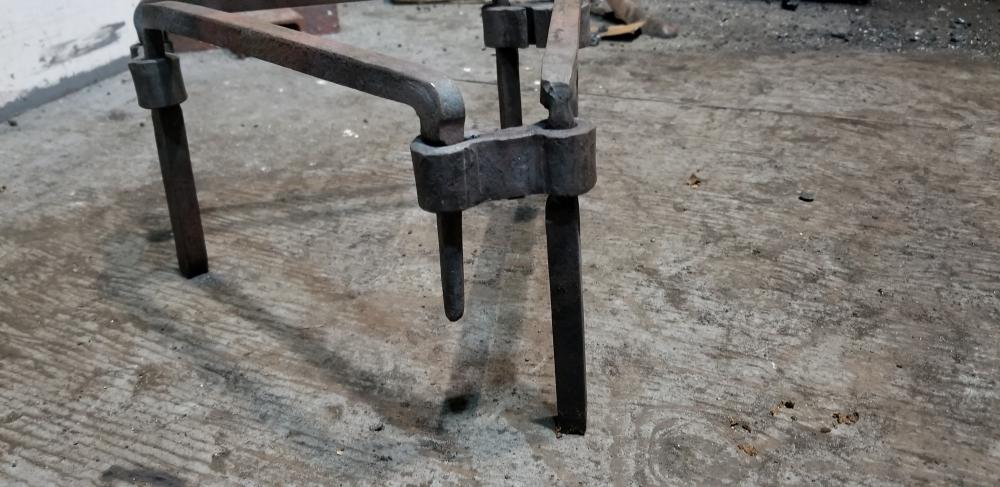
(2).thumb.jpg.747c94b839feb268a4b285b5a5f51f90.jpg)
(3).thumb.jpg.a4a5bc79e226124c835221ffefa39617.jpg)
(1).thumb.jpg.743c7411262c7dc41e047c1a7d5edc11.jpg)
.thumb.jpg.48f13551ad89b91380c970b3da561c2e.jpg)